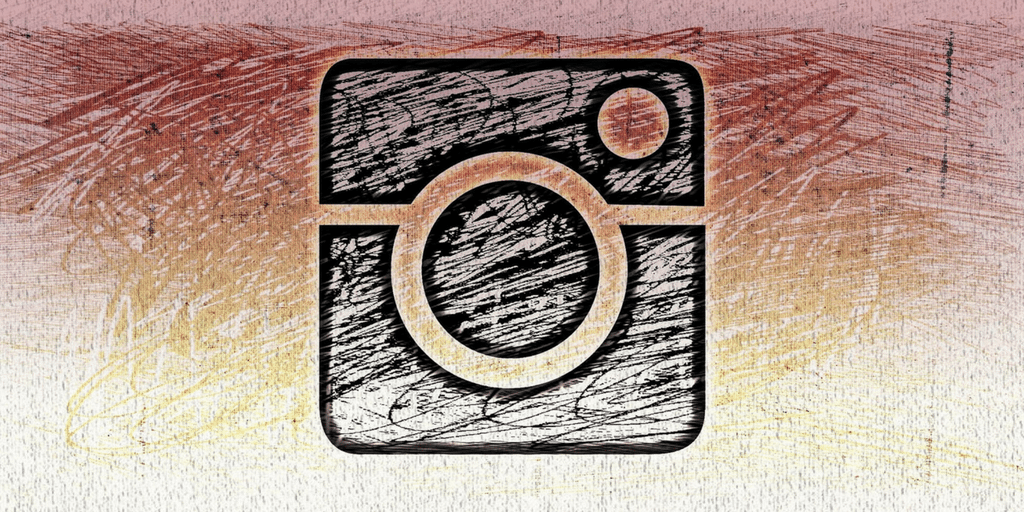Facebook is having a rough year. The Russia/election debacle being a main focus. Also troubling for the platform is that it hit maximum ad saturation sooner than predicted.
Without getting too far into the Russian interference (you can read more about that here), Facebook was forced to completely change its approach to advertising, which has ultimately complicated marketing efforts.
Ad saturation is another huge problem that Facebook is battling. Ad saturation refers to the amount of virtual space available for ads. Currently, Facebook is out of space. To put it in other terms, there is only so much room on a newspaper page to include ads. Facebook has more ads than page space.
Additionally, users are increasingly turned off by Facebook advertising. Yes, marketers are mixing bourbon with their coffee these days.
It’s also worth noting that Facebook is looking to completely restructure its platform by removing publishers from the news feed— death to business pages.
While avoiding Facebook is not an option since it is a home to a staggering one-third of the world’s population (2 billion monthly users), the platform is restructuring. While exceptionally frustrating, brands should consider other options for their ad budgets.
Instagram poses a lot of opportunities as a Facebook alternative. While the photo-sharing site is part of Facebook’s empire, it’s still a refreshingly simple platform with several creative ways for marketing your brand.
Instagram News Feed Ads
Instagram’s news feed offers a few of the same types of ads that you’re used to on Facebook: boosted posts, images, videos, and carousels. Ads in the news feed are generally extremely effective since the post blends in with the other content, and it’s common for users to “like” an ad before realizing that it’s not regular content.
Or once realizing it’s an ad with an intriguing image, users can easily click to the marketer’s profile to check out more of their content.
Boosted posts are the easiest ways for marketers to launch ads. It involves using content you’ve already posted, and simply hitting the “Promote” button on the bottom right of the post.

Other news feed ads, including video and carousel, can be created in Facebook’s Ads Manager, much like Facebook ads of the same sort.
Tip: In order to run ads on Instagram, you need to have an Instagram business profile.
Instagram Stories

Ads that run in Instagram Stories is a fairly new feature, (previously only available to 30 select brands beginning in January 2017).
Since Stories is crushing its rival Snapchat, more marketers are abandoning Snapchat for Stories. In addition to that shift, many users are now preferring to view Stories over the news feed, creating a huge opportunity for marketers.
Stories ads appear between the feeds of account users, creating a seamless flow into brand’s ads. This is another way for advertisers to blend into organic content. The ads can be a single photo or a 15-second video.
The biggest benefit of running ads within Stories is that you can use a link for viewers to click; links on Instagram are only available in one other location on the platform: the user account bio, which is typically used for a generic home page link (not a landing page). Links on Instagram are purposefully a near-nonexistent feature on the platform, so being able to share a direct link with users is a huge advantage.
In order to run these ads, you’ll need to create a campaign within Facebook’s Ads Manager or Power Editor.
Influencer Marketing and Partnerships

Influencer marketing is currently the fastest-growing online customer-acquisition method. It’s defined as “a marketing style that focuses on using influential people to share a brand’s message with their chosen audience.”
Typically, influencers are Instagram users with 5,000k or more followers that are influential to consumers. Brands partner with them in creative ways in order to get their products in front of the influencer’s users.
Sixty-seven percent of marketers plan on increasing their influencer-marketing budget in the next year. There are variety of reasons for that. One reason is that people trust influencers, because influencers are authentic and their opinions on products are highly regarded.
The other reason to consider influencer marketing is because influencer campaigns can earn $6.85 for every dollar spent. That’s 11 times more than traditional digital campaigns.
Engagement

Back to the basics. Engaging with followers and potential followers is the cheapest (read, free) way to increase your brand awareness on Instagram. It’s also the best way to interact with your followers and niche community to build credibility on the platform.
Engaging, meaning liking and commenting, is a crucial part of an Instagram strategy and should not be overlooked or forgotten. Instagram is a more “human” way to sell your brand and engage your following. The platform sees more than 3 times the amount of engagement per post than Facebook does.
While Facebook is increasingly frustrating for marketers at the moment– and will likely continue to frustrate even more– there are other ways to sell your brand online. Instagram is a great alternative to its parent company. If your brand is seeing decreasing ROI on Facebook, consider shifting your resources to Instagram.
More from our Instagram series:
If you make the move to Instagram, consider hashtags as the focus for your strategy.
Learn what the Search algorithm is and why it should be part of your strategy.

